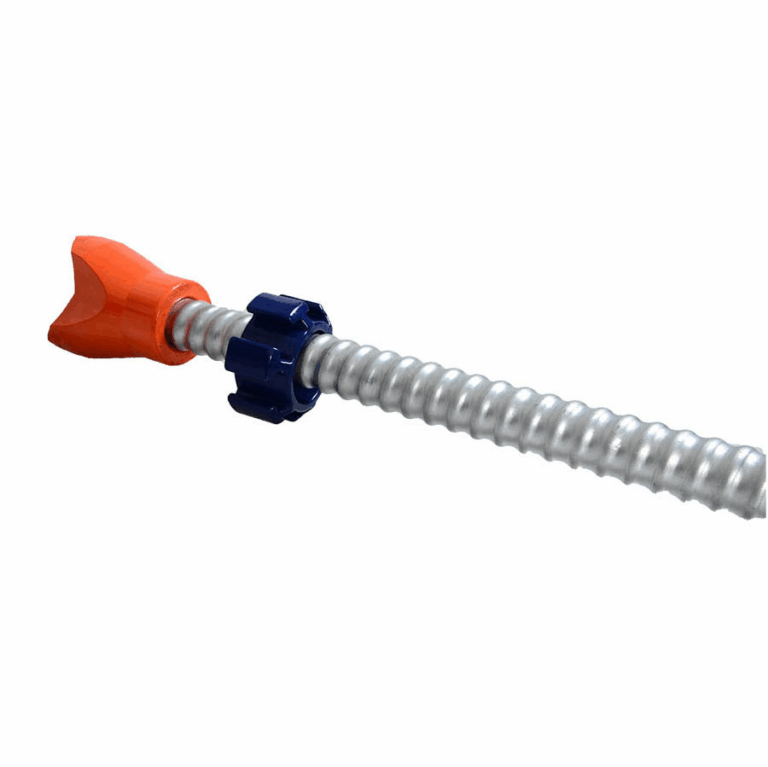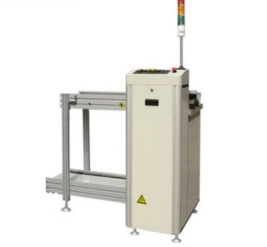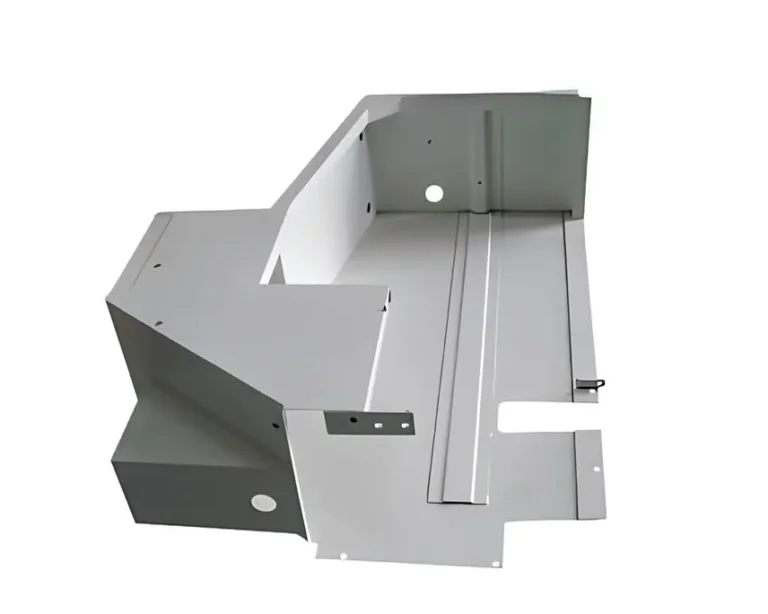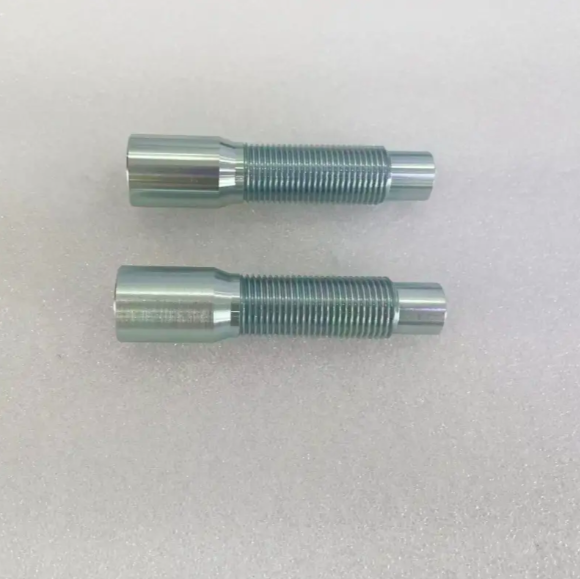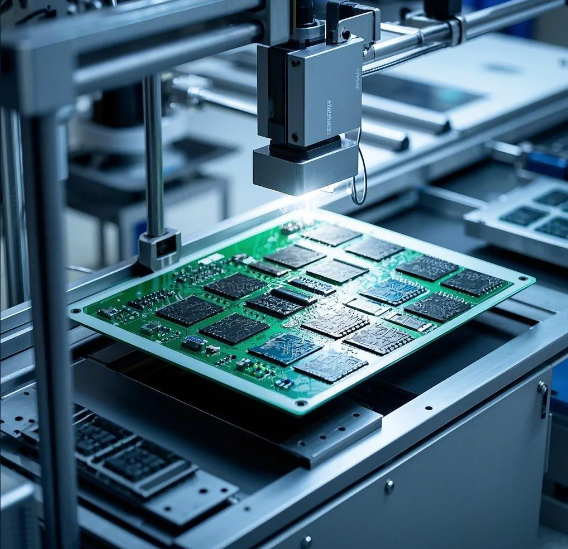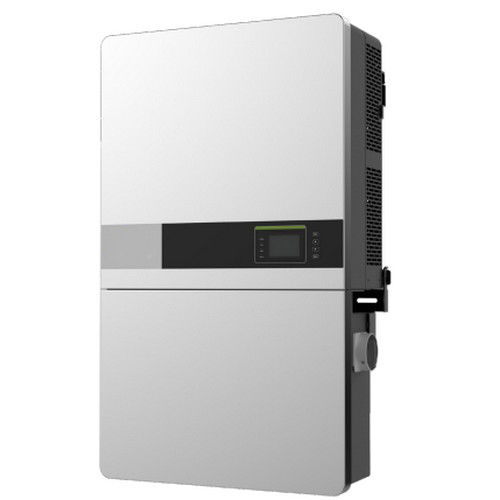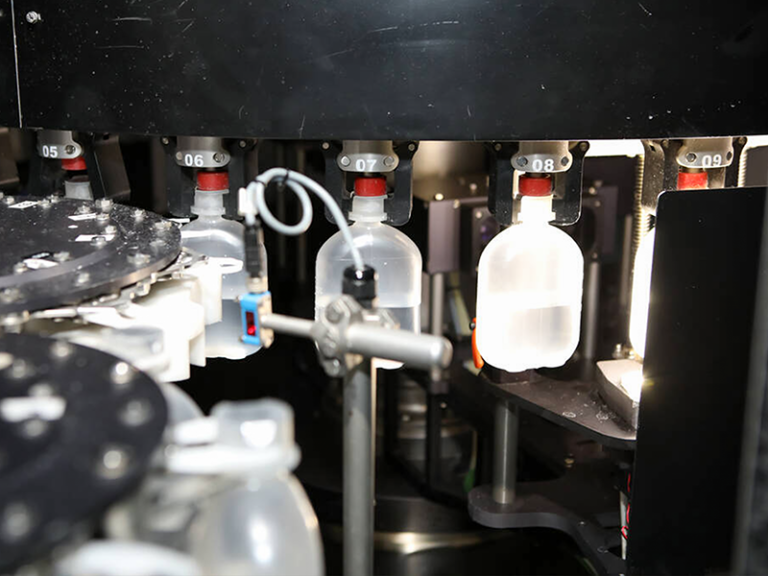目录
Togglesmt machine tools have become indispensable in electronics manufacturing for their precision and speed in assembling components onto PCBs.
Achieving optimal performance and longevity for smt machine tools necessitates the creation of an ideal operating environment. This article will explore the essential conditions and standards required.

1. Temperature management in SMT machine tools is crucial for maximizing machine performance.
To operate optimally, SMT machine tools require a stable temperature, typically kept between 22°C and 26°C (72°F to 79°F). Consistent control over the temperature, such as with the use of specialized cooling conveyors for PCBs, supports precise component placement and minimizes the risk of thermal stress. Any shifts in temperature may introduce mechanical issues and impact the machine’s accuracy, making it important to employ HVAC systems that maintain a consistent environment for reliable operation.
2. Humidity Levels: Avoiding Static and Corrosion
Humidity is an important factor, as high levels can cause corrosion, while low levels raise the likelihood of static buildup, potentially harming delicate electronics. To protect components effectively, it’s best to keep humidity between 40% and 60%. Using a humidity control system can assist in maintaining these levels, reducing risks of electrical discharge and preserving the quality of components during assembly.
3. Air Quality Control to Minimize Contamination
Airborne particles like dust can greatly affect pick-and-place machine performance. When particles settle on circuit boards or components, they can disrupt the machine’s vision systems, leading to placement mistakes. Ensuring a clean environment by using HEPA filters and maintaining positive air pressure helps keep these particles out, promoting smooth operation and enhancing assembly accuracy.
4. Consistent and Reliable Power Supply
For an SMT machine tool to function effectively, it requires a steady and continuous power supply. Fluctuations in power, such as surges or dips, can interfere with its performance, leading to potential delays or errors in placing components. Implementing a dependable uninterruptible power supply (UPS) system helps safeguard the machine from such variations by delivering a stable voltage, ensuring seamless and reliable operations.
5. Flooring Requirements for Vibration Reduction
Vibrations from surrounding machinery or even building structures can disrupt the sensitive operations of pick and place machines. Anti-vibration flooring or isolation platforms effectively minimize the impact of vibrations and these measures help maintain placement accuracy, reduce mechanical stress on the equipment, and extend the machine’s life.
6. Controlled Lighting to Enhance Machine Vision
In smt machine tools, accurate lighting is essential for the machine vision system to properly identify components and PCB markings. Both too much and too little light can affect the system’s accuracy, potentially causing alignment issues. Using LED lights or other steady, adjustable lighting options helps maintain consistent illumination, allowing the machine vision system to function smoothly without disruption from changes in external lighting.
7.Proper Ventilation for Heat Management
The heat generated by the machine and surrounding equipment can cause room temperatures to rise, thereby reducing machine efficiency. Proper ventilation, either through an exhaust fan system or an air exchange system, will help dissipate excess heat and not only prevent overheating but also reduce energy costs.
Conclusion
The performance of a smt machine tool is influenced by several environmental conditions, such as temperature, humidity, air quality, and electrostatic discharge (ESD) control. Ensuring optimal settings and performing regular maintenance allows manufacturers to enhance machine efficiency, minimize error rates, and prolong the equipment’s lifespan. Establishing a well-regulated environment for these machines not only improves production quality but also supports long-term savings in operational costs.
0